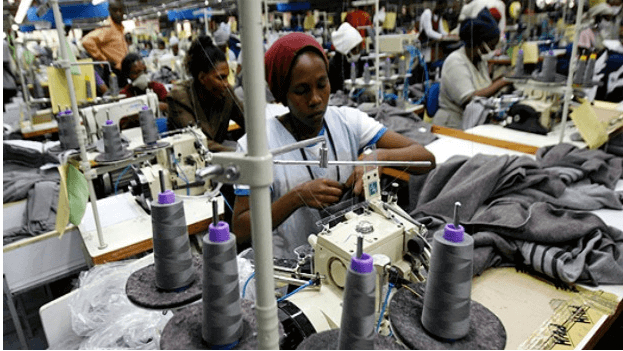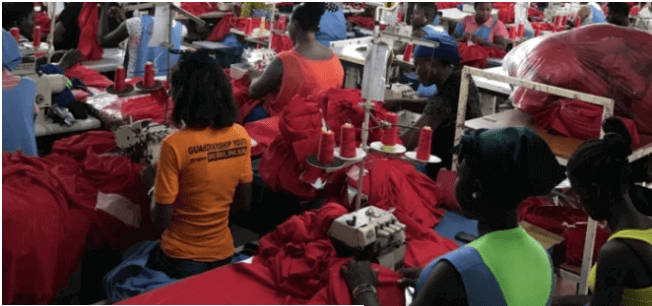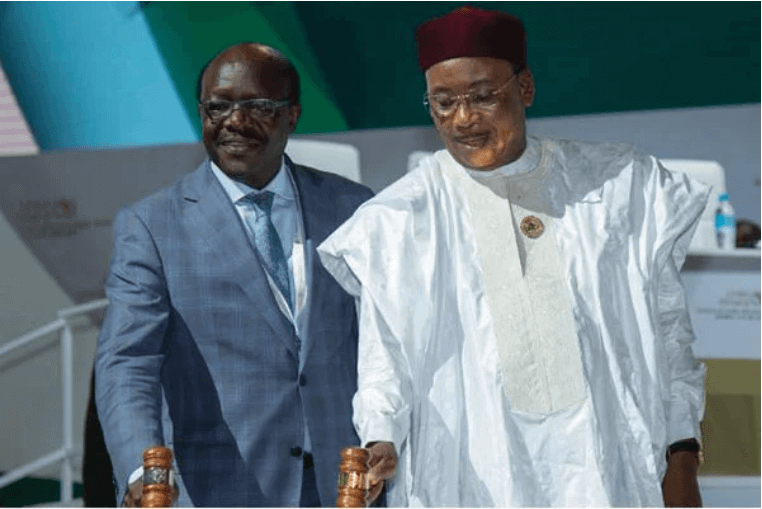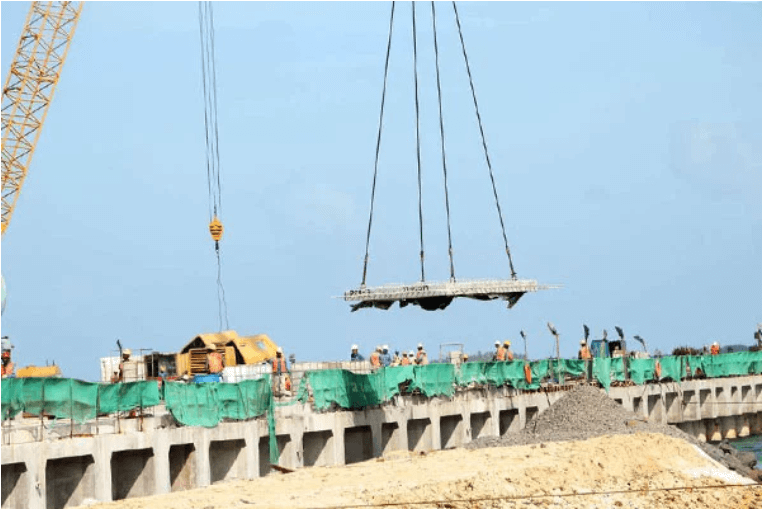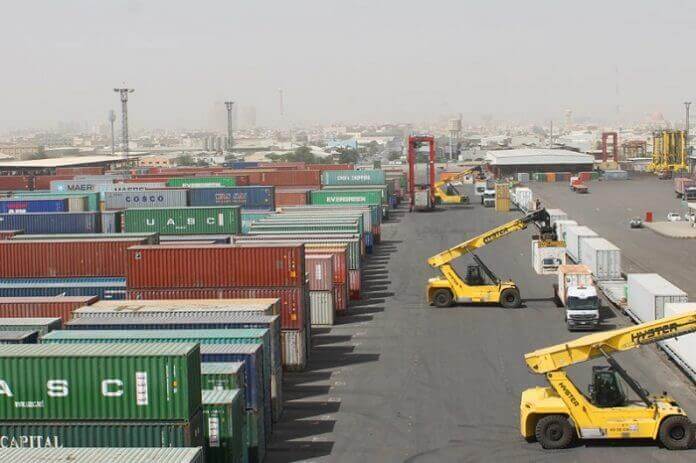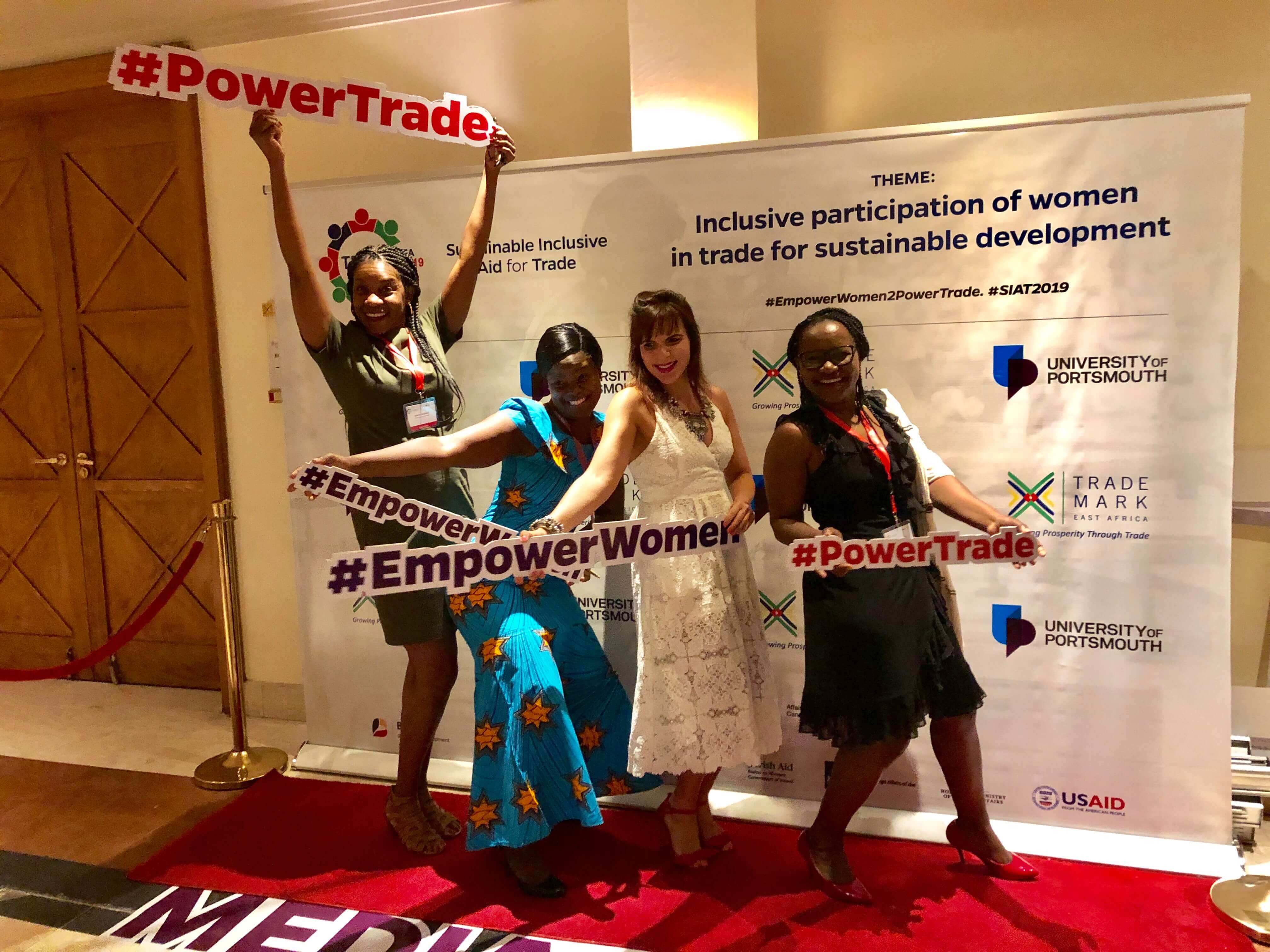With the United States and China locked in a trade war, climate action lagging behind climate reality, and the World Trade Organisation’s Appellate Body at risk of becoming inoperable, the theme of this week’s WTO public forum — “Trading Forward: Adapting to a Changing World” — couldn’t be more appropriate. But if the global trading system is to be adapted to twenty-first-century realities, careful attention must be paid to the needs of developing countries. Consider Africa, which has been working hard lately to deepen intra-continental trade and integration. While such efforts — most notably the African Continental Free Trade Area (AfCFTA), have the potential to spur growth and development, their impact depends both on complementary global reforms and on countries’ implementation of WTO agreements. Success is far from guaranteed. The Trade Facilitation Agreement (TFA), which entered into force in 2017, is a case in point. One of the few WTO agreements to be ratified in recent years, the TFA places developing members’ ambitions at the forefront. It aims to expedite the movement, clearance and release of goods across borders; establishes measures for effective cooperation between customs and other relevant authorities; and provides for technical assistance and capacity building. The TFA recognises that trade facilitation rests on three key pillars: Simplification, harmonisation and transparency. Given its global uptake, it has the potential to ensure that reforms reflecting this recognition are “locked in” across countries, including those whose governments might otherwise be reluctant to implement them. For African countries that manage to implement the TFA...
How to facilitate trade in Africa
Posted on: October 29, 2019
Posted on: October 29, 2019


